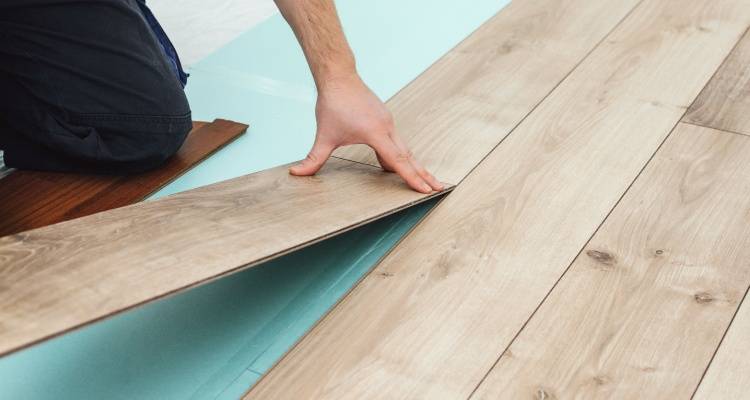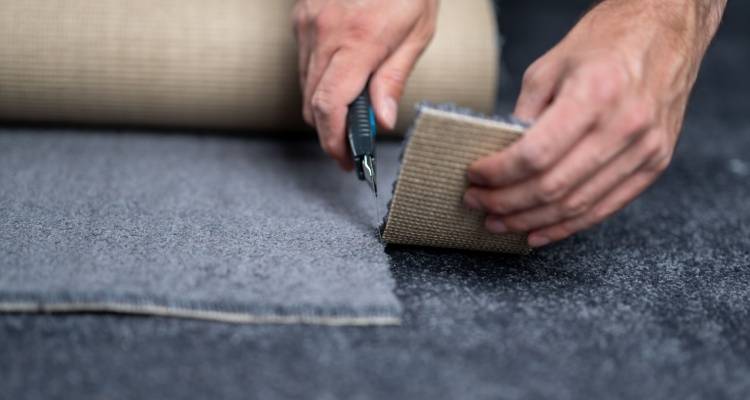Carpet Vs Laminate - Which is Best?
Having new flooring installed is a significant call, considering the costs involved as well as medium- to long-term commitment to a given floor type (perhaps for a decade or more).
So, if you’re weighing up the options of carpet or laminate flooring for a space in your home, you’ll want to keep the pros and cons, average costs, and suitability (based on your home, occupants and preferences) in mind.
This guide will help you with making a more informed decision when considering whether to opt for carpeting or laminate flooring in your home. Let’s dive in!
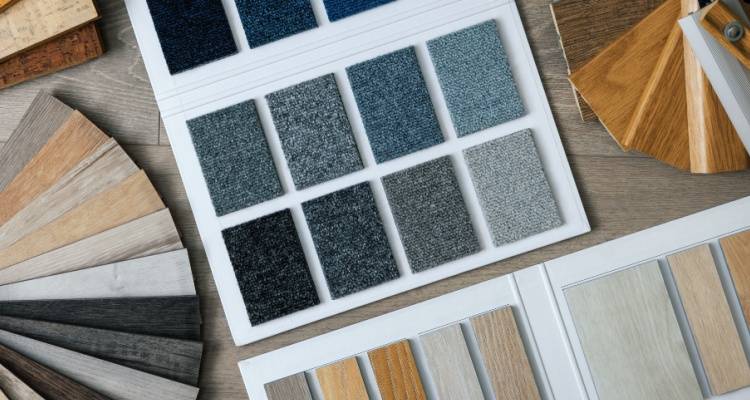
Carpeting: The Pros, Cons, And Costs
Carpet flooring grew in popularity between the 1700s and the first half of the 20th century, though the very first example dates back to 5th Century B.C. Siberia!

While there has been a sense that carpets have declined or even become outdated, in reality, they have seen something of a resurgence in recent years.
The resurgence may, in part, be down to a renewed appreciation of the many benefits that carpeting has to offer.
Average Pricing
On average, adding new carpeting to a room can cost somewhere in the region of £100 to £1,000. The cost will be higher if an underlay is also needed, bringing the total price estimate to somewhere between £150 and £2,000. In each case, these price estimates include the cost of labour and supply only costs combined.
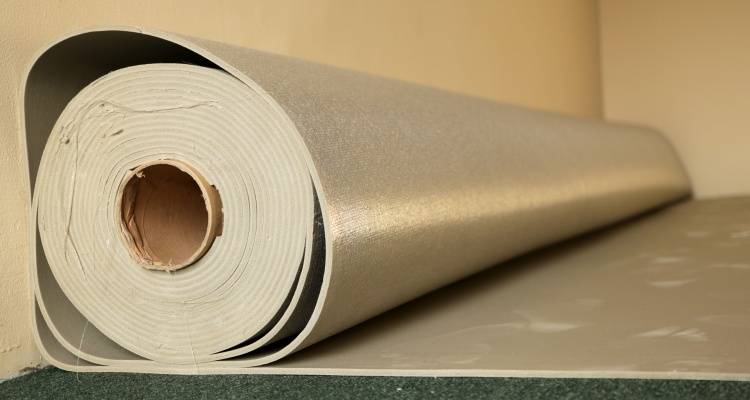
The price estimates given above are clearly wide ranging with various factors being at play. Key cost factors include the size of the area, the type of carpet being used, and, again, whether or not an underlay is also needed.
To get a better idea of what carpeting may cost in your case, consider the following estimates if you have a small or average-sized room:
- Budget-friendly carpet for a small to mid-sized room - £50 to £100
- Standard quality carpet for a small to mid-sized room - £100 to £300
- High-end carpet for a small to mid-sized room - £300 to £1,000
To add carpeting to a large room (i.e. around 20-30 square metres), here are the price averages:
- Budget-friendly carpet for a large room - £100 to £200
- Standard quality carpet for a large room - £400 to £500
- High-end carpet for a large room - £1,400 to £1,600
When it comes to the various carpet materials and designs available, Saxony, Berber, Twist, Level Loop and Multi-Level Loop are among the more budget-friendly choices. On the other hand, Flat Weave and the Cut and Loop combination design are relatively expensive.
Key Advantages of Carpets
Among the most notable upsides of carpeting includes a cosy underfoot, aesthetic appeal, affordability, and noise insulation capacity.
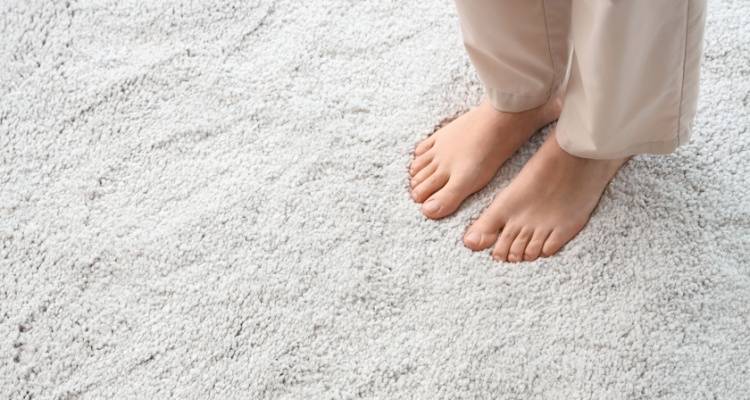
In terms of its aesthetic value, many find carpets not only offer a comfortable underfoot but add to a cosy environment visually.
Since carpets have the capacity to trap dust, pollen and other allergens, it can help maintain clean air in the environment it's installed in. That said, it may not trap all allergens and so the benefits may be outweighed by the cons if anyone in your home suffers from other allergies (e.g. from dust mites).
Further, there is a wide range of carpeting options on the market, both in terms of the material used (with some possibly being more suitable than others for your home) and the colour shade.
Main Drawbacks of Carpeting
While carpeting offers a range of benefits, there are also some noteworthy downsides to keep in mind.

One of the main disadvantages is that carpets are relatively high-maintenance. Along with regular cleaning needed (with specific approaches), carpeting is harder to clean in the case of a spillage.
Along with using the right method to remove a spillage, it can require quite a bit of time and elbow grease, making for more of a nuisance than would be the case with many other floor types.
Another downside is how its ability to capture allergens like mould and dust mites can actually worsen these sorts of allergies and more. It is true (as discussed earlier) that carpeting can trap some allergens in a way that is beneficial, but ultimately, this can vary depending on the allergens in question.
Beyond that, carpeting is more susceptible to wear and tear over time, making it less durable than a range of other floor types. Also, carpeting will not work in areas with high levels of moisture (e.g. bathroom or kitchen) as it is more susceptible to water/moisture-damage than most flooring options.
Laminate Flooring: The Pros, Cons, And Costs
Laminate flooring is one of the most popular flooring options on the UK market today, offering the stylish and timeless appearance of a wooden floor at a lower cost.
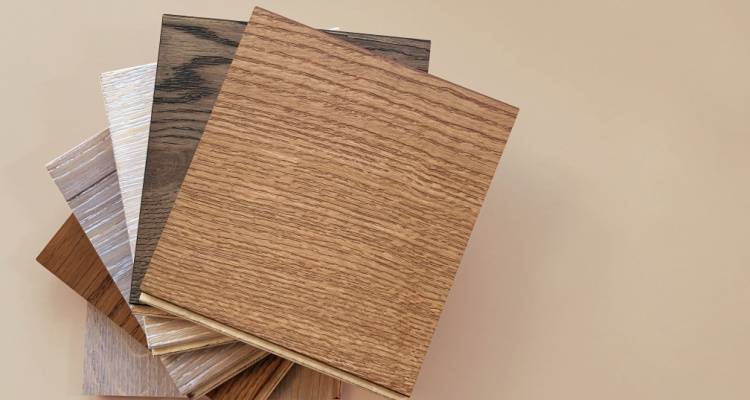
Laminate floors come with several layers including a high-density fibreboard core topped with a faux wood surface. Laminate flooring emerged in popularity between the late 1970s and early 1980s and stands out as one of the most popular options on the market today.
Cost of a New Laminate Floor
To have a new laminate floor installed, you’re likely to pay somewhere in the region of £300 to £2,500. As with carpeting, the total cost can vary significantly based on a host of cost-affecting factors.
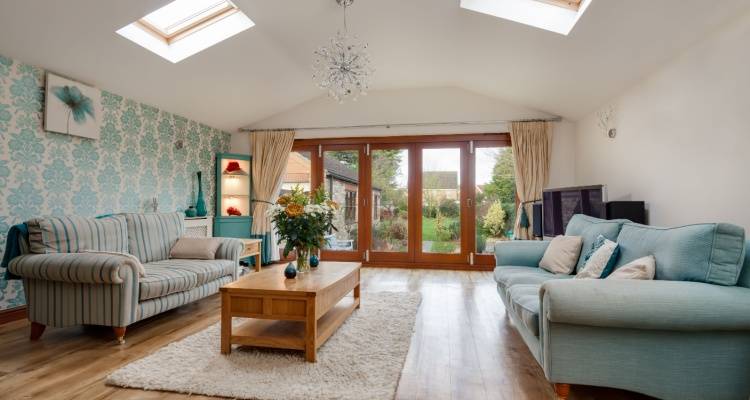
Here are some more specified cost range estimates:
- Laminate flooring for small room - £300 to £600
- Laminate flooring for a mid-sized room - £600 to £1,500
- Laminate flooring for for a large room - £1,200 to £2,500
The Benefits of Laminate Flooring
Among the advantages of opting for a laminate floor include its visual appeal, replicating genuine wood flooring yet for a lower price tag.
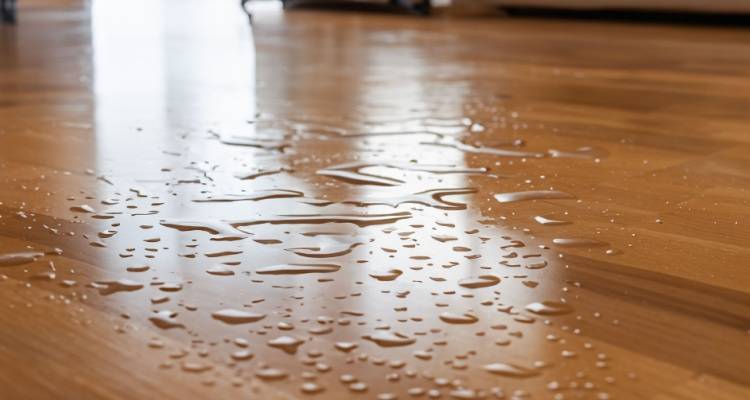
What’s more, laminate floors are durable (including a high level of scratch-resistance) and low-maintenance. Laminate flooring usually lasts between 15 and 30 years. Most examples last for 15 to 20 years, however, high-end and well-maintained options may last between 25 and 30 years.
You may also want to consider laminate flooring due to its range of striking designs and solid value for money.
Laminate Flooring’s Disadvantages
Some of the most notable downsides of laminate flooring are its susceptibility to water damage, potential aesthetic drawbacks (that is to say you may not find it convincing enough) and possible issues with slippery conditions.
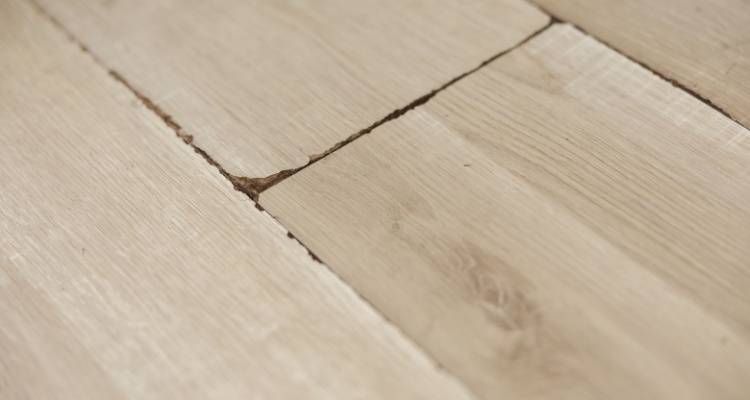
It’s also important to note that laminate floors cannot be refinished, unlike real wood flooring. Also, in general, laminate flooring is relatively hard to repair even for a professional - it is generally not advised to repair laminate flooring DIY unless you’re absolutely sure of what’s involved.
Summary: Carpet Vs. Laminate Flooring
All in all, there is a case to make for both carpets and laminate flooring, though, inevitably, one option or another will likely be more suitable for different households on a case-by-case basis.
If you’re looking for a cosy, timeless flooring option that is unlikely to break the bank, carpeting might be right for you. Carpets can also offer a cosy look and feel while providing noise-reduction.
On the other hand, laminate flooring is a long-lasting and low-maintenance solution. This floor type is also worth considering as a cost-effective option, emulating the look and feel of a wood floor but for a lower cost.
If you have kids or/and pets, you’ll want to keep in mind the fact that the soft surface of carpeting may be well-suited, although carpets are difficult to clean in the event of a spillage with that said.
If we had to choose, there’s a case to make that carpeting is a better choice overall, but not by a huge margin. And, ultimately, it really is largely a matter of individual preference. Whether a carpet or laminate flooring will suit best for you will depend on your preferences, living situation and other key considerations including budget, allergens and even the look/feel of the room as it exists.
|
Find Tradespeople & Save Money
MyJobQuote connects you with up to 3 available local tradespeople, so you can compare quotes & save money with ease.
|

|

